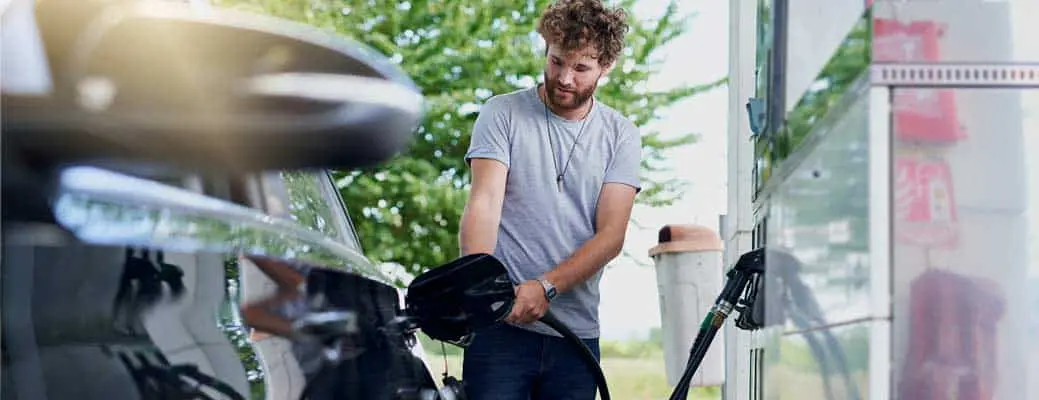How to Get Better Gas Mileage


You’ve probably heard you should fill your tank first thing in the morning when gas is coldest. Sounds nice in theory, but the impact on your gas mileage is negligible. So how to save on gas?
If you’re sick of spending too much money at the pump each month, these fuel saving tips for improving gas mileage can let you keep cash in your pocket — and even keep you safer on the road in the process.
Underinflated tires are a major drain on your gas tank, not to mention a safety hazard. Most new cars come equipped with tire pressure sensors, but don’t rely on those to tell you when it’s time to add air — they’ll only alert you once your pressure has dipped significantly. Check your tires at least once a month to increase your gas mileage, though a weekly check takes just a couple minutes.
Pick up an inexpensive air gauge and consult your owner’s manual or the sticker on the inside of the driver’s side door for the correct pressure. Test your tires in the morning or before you start driving for the most accurate reading.
Proper car maintenance not only helps improve your fuel economy, but also the overall performance and longevity of your vehicle. Don’t put off routine oil changes. Oil acts as both a lubricant and a cleaner in your engine — and a clean engine gets better gas mileage.
Wondering how to drive to save gas? Take it slow. One of the biggest factors in how quickly you burn gas is your driving speed. Going well over the limit on the highway isn’t just against the law; it also takes a serious toll on your fuel efficiency. Consumer Reports found that speeding up from 55 to 75 mph reduces fuel economy by 8 to 15 mpg. That’s like going from a compact car to a large SUV.
A simple way to curb your speed is to use cruise control. If your car is equipped with the right sensors, your cruise control system will even keep you a comfortable distance away from the vehicle in front of you — reducing the need to brake and slow down as often.
Another fuel saving tip: Stopping and starting your vehicle uses more gas than driving at a steady speed. Time the lights when you can (prioritizing safety) and give yourself more space on the road to cut down on unnecessary braking.
Ever complete a quick errand and get home, only to realize you needed to make another stop? It’s not just a waste of time — it’s a waste of gas, too. Be mindful of how many trips you’re taking and combine multiple stops into one trip as often as possible.
When you travel matters, too. Avoid driving in stop-and-go traffic when you can. Congested roads are murder for your mileage. To improve your fuel economy, try using a GPS app like Google Maps or Waze to find the best route, even for routine drives. You may find the way you normally go is fewer miles or a bit quicker but much more congested. Less fuel consumption may be worth adding a few minutes to your commute.
A heavier vehicle uses more gas, plain and simple. Take some time to clear out any unnecessary weight: Drop off your donations at a thrift shop once and for all, toss out any trash and stop treating your truck like a storage unit. You’ll have a cleaner vehicle and increase your mpg. It’s a win-win.
Saving money is great, but it’s all for nothing if you’re vehicle isn’t properly protected. Reach out to your Farm Bureau agent to make sure you have the auto insurance coverage you need.